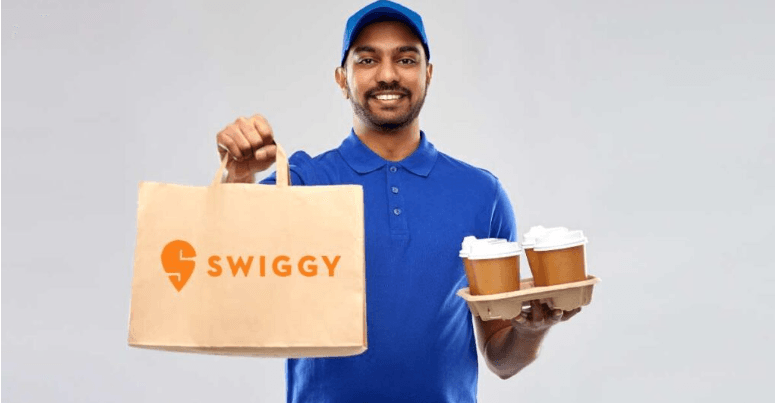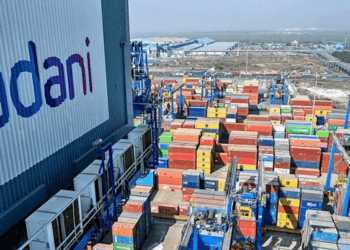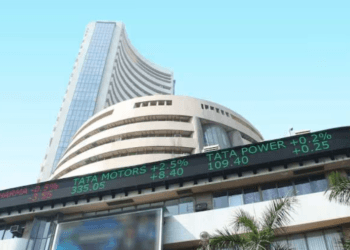Athira Sethu
Kochi, 7 November 2024
India’s second-largest food and grocery delivery company Swiggy has launched its $1.4 billion initial public offering. That follows two successive cuts by the company in its projected valuation at a time when Indian stock market has cooled off.
The initial public offer opened for bids on Wednesday and will continue till 8 November, selling shares in the range of Rs 371 to Rs 390. India, an anomaly in Asia for its aberration of a strong IPO market earlier this year, is witnessing Swiggy’s listing at the worst time. It saw Indian stocks fall in October as well, and analysts expect the slackening trend to go on even in November. The latest earnings season has been weak, and the market is preparing for Trump presidency in the US.
In the offer, 10% of its shares has been reserved for individual investors while the remaining portion, that is 75%, is to be granted to institutional investors, major funds included. The shares leftover will be reserved for institutional investors but for non-institutional ones such as HNWs and corporations.
On Tuesday, some anchor investors, including major funds like Fidelity and Norway’s sovereign wealth fund Norges, purchased shares worth $605 million. However, Swiggy has had to lower its valuation by 25% to $11.3 billion, trying to avoid a poor debut similar to Hyundai Motor India’s recent IPO, which saw its stock fall by 5.5% after listing.
Swiggy is a close second to Zomato in India’s food delivery market. It has commanded 34% of food delivery, while Zomato has 58% of the market. But in the quick commerce domain, which includes groceries as well, Blinkit in Zomato has nearly 40-45% share, while Instamart in Swiggy still has 20-25%. Still, Swiggy is far behind the profitability scale of Zomato. Swiggy reported a net loss of Rs 2,350 crore ($280 million) for the year ending March 2024, while Zomato posted a profit of Rs 350 crore.
Overall, whereas Swiggy is the dominant player in India’s food and grocery delivery space, the IPO would be testing times for a relatively weaker market and could take its time to get enough interest from retail investors.





















